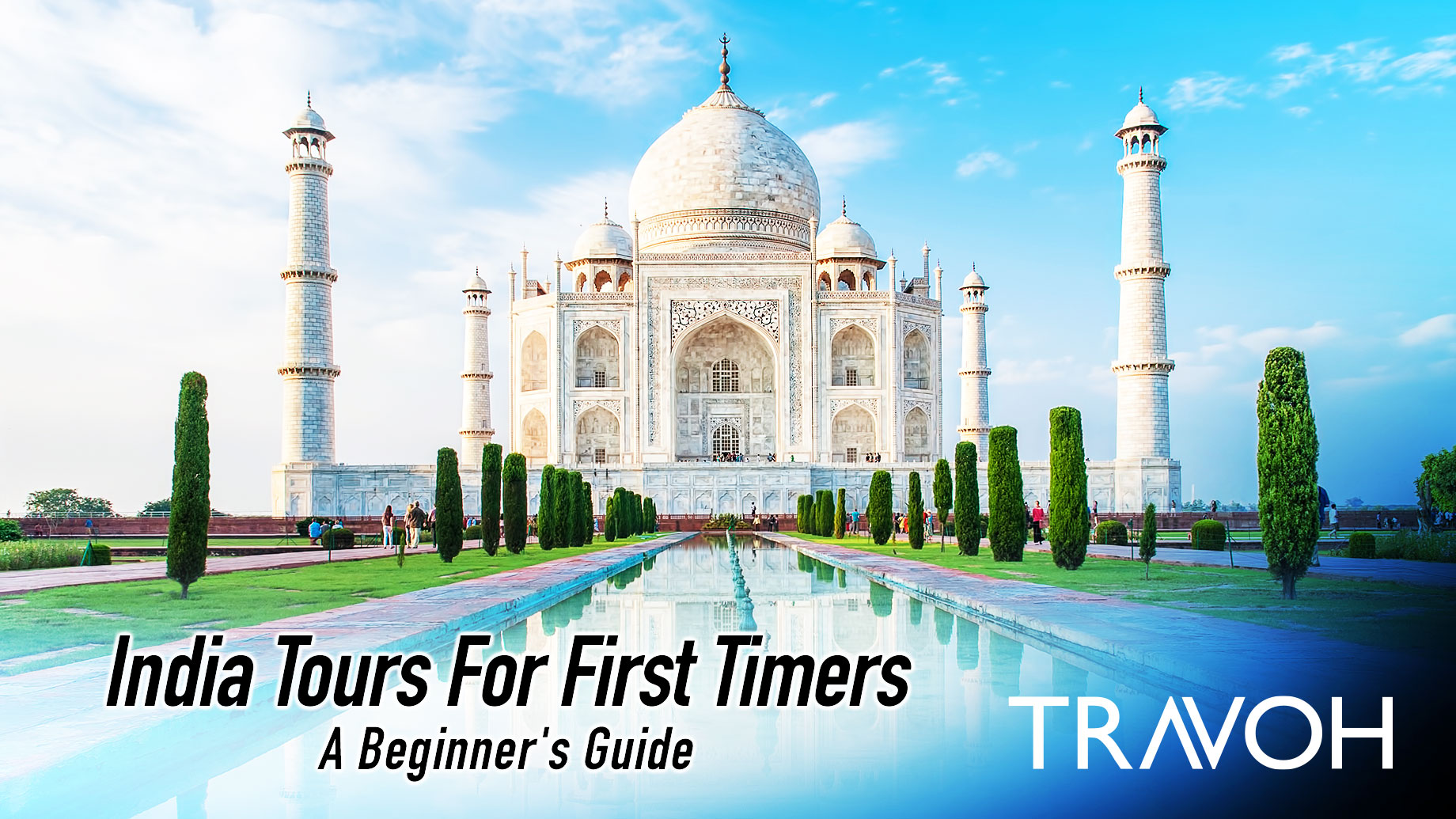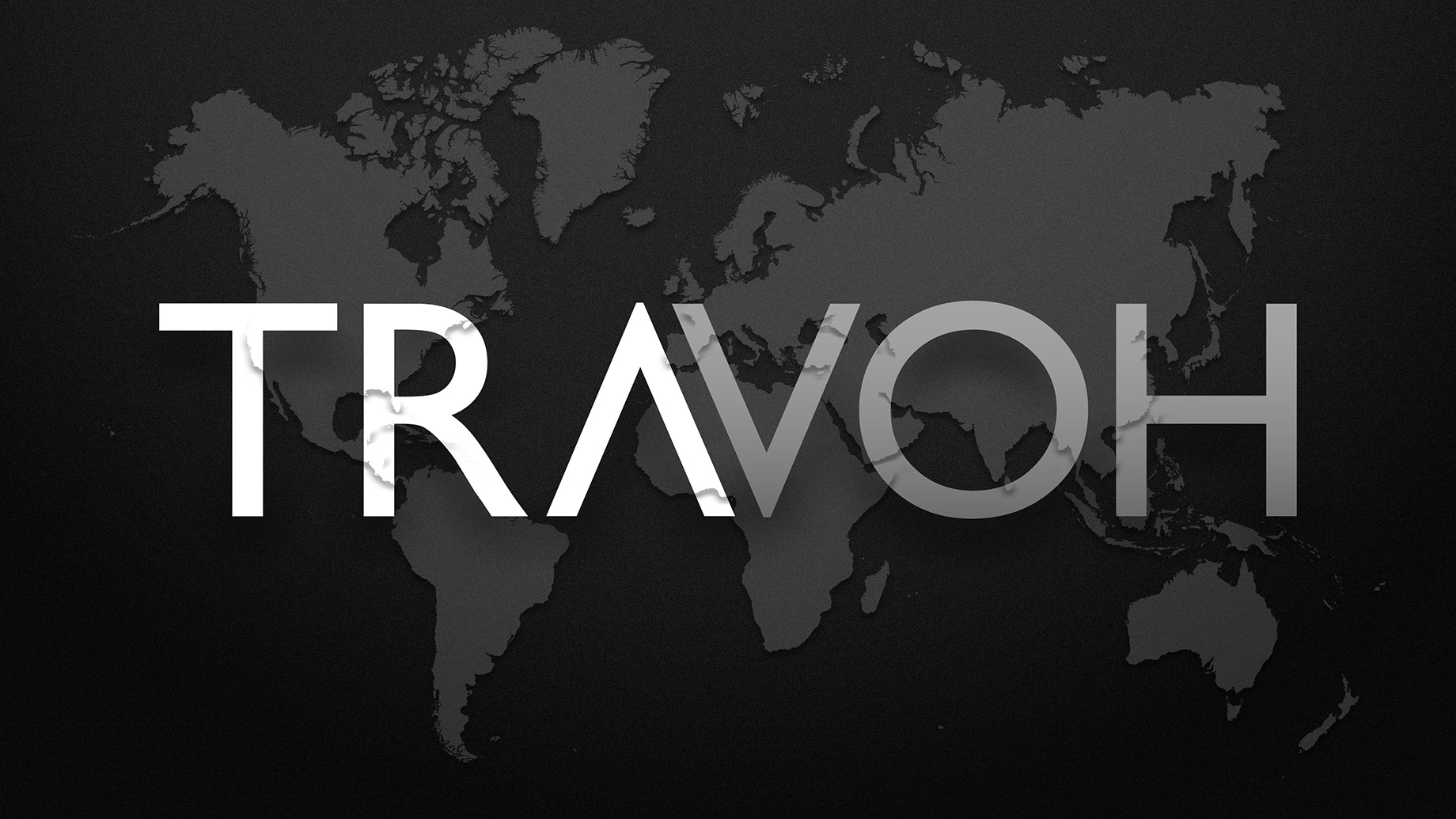
If you’re planning a trip to India for the first time, you’re in for an exciting and enriching experience. With its rich history, vibrant culture, and diverse landscapes, India offers a plethora of attractions and experiences that will leave you mesmerized. However, navigating through this vast and dynamic country can be overwhelming, especially for first-time visitors. To make your journey more enjoyable and hassle-free, here is a beginner’s guide of the best luxury India tours for an unforgettable trip.
Getting to Know the Mystic Land: The Allure of India
India, a country known for its rich cultural heritage, diverse landscapes, and warm hospitality, is a dream destination for many travellers. From the magnificent historical monuments to the picturesque natural beauty, India offers a wide range of experiences that cater to every taste and interest. India not only offers a plethora of attractions for travellers, but also presents numerous opportunities for business and entrepreneurship.
Planning Your Itinerary
Before embarking on your private India tours, it is crucial to plan your itinerary in advance. India is a vast country with numerous attractions spread across different regions. Research and prioritize the places you want to visit based on your interests and the duration of your trip. Whether you want to explore the historical sites of Delhi, witness the beauty of the Taj Mahal, or relax on the serene beaches of Goa, plan your itinerary accordingly to make the most of your time in India.
Choosing the Right Time to Visit
India experiences diverse climates throughout the year, so choosing the right time to visit is essential. The winter months (October to March) are generally considered the best time to visit, as the weather is pleasant in most parts of the country. However, if you’re planning to visit the northern regions, such as Ladakh, for adventure activities like trekking, the summer months (April to June) are ideal.
Getting the Appropriate Visa
Before travelling to India, make sure you have the appropriate visa. The e-Tourist Visa facility is available for citizens of many countries and can be obtained online. Ensure that your passport is valid for at least six months from the date of arrival in India and that you have a printed copy of your e-Visa.
Ensuring Travel Insurance
It’s always advisable to have travel insurance that covers medical emergencies, trip cancellations, and lost belongings. Check with your insurance provider to ensure that you have adequate coverage for your trip to India.
Exploring the Golden Triangle
The Golden Triangle of India, consisting of Delhi, Agra, and Jaipur, is a popular tourist circuit for first-time visitors. Delhi, the capital city, offers a mix of historical sites, bustling markets, and delicious street food. Agra is home to the iconic Taj Mahal, while Jaipur showcases the vibrant culture and royal heritage of Rajasthan.
Experiencing the Spiritual Capital – Varanasi
Varanasi, situated on the banks of the holy river Ganges, is one of the oldest continuously inhabited cities in the world. It is considered the spiritual capital of India, where ancient rituals, ceremonies, and prayers take place on the ghats (steps leading to the river). Witnessing the evening aarti (prayer ceremony) on the banks of the Ganges is a truly mesmerizing experience.
Discovering the Majestic Taj Mahal
No visit to India is complete without witnessing the magnificence of the Taj Mahal in Agra. Built by Emperor Shah Jahan as a mausoleum for his beloved wife, this architectural masterpiece is a symbol of eternal love. The intricate marble work, stunning gardens, and the romantic ambiance make it a must-visit destination.
Embracing the Serenity of Kerala
For those seeking tranquillity and natural beauty, a visit to Kerala is highly recommended. Known as “God’s Own Country,” Kerala offers lush green landscapes, serene backwaters, and pristine beaches. Experience a houseboat cruise on the backwaters of Alleppey, indulge in Ayurvedic treatments, and savour the flavours of authentic Kerala cuisine.
Exploring the Royal State of Rajasthan
Rajasthan, the land of kings, is a treasure trove of history and culture. From the majestic forts and palaces of Jaipur and Udaipur to the desert landscapes of Jaisalmer, Rajasthan offers a glimpse into the opulence and grandeur of a bygone era. Don’t miss the vibrant markets, where you can shop for traditional handicrafts, textiles, and jewelry.
Venturing into the Himalayan Wonderland
If you’re an adventure enthusiast or a nature lover, a visit to the Himalayan region of India is a must. Whether it’s trekking in the scenic valleys of Himachal Pradesh, exploring the Buddhist monasteries of Ladakh, or witnessing the majestic peaks in Uttarakhand, the Himalayas offer unparalleled beauty and serenity.
Experiencing the Bustling Metropolises
India’s major cities, such as Mumbai, Delhi, and Bangalore, are vibrant hubs of culture, commerce, and entertainment. Explore the bustling markets, taste the diverse street food, visit modern art galleries, and experience the fast-paced city life.
Trying Authentic Indian Cuisine
One of the highlights of travelling to India is indulging in its diverse and flavoursome cuisine. From the aromatic biryanis of Hyderabad to the spicy curries of South India, each region has its own culinary specialties. Don’t miss trying street food delicacies like chaat, samosas, and dosas.
Immersing in the Local Culture
To truly experience India, immerse yourself in the local culture. Interact with the friendly locals, participate in festivals and celebrations, and learn about the traditional arts and crafts. Take part in a Bollywood dance class, learn to drape a saree, or attend a traditional music performance.
Safety Tips for Travelers
While India is a generally safe country to travel to, it’s essential to take certain precautions. Always carry a copy of your passport and visa, be cautious of your belongings in crowded areas, and dress modestly, especially when visiting religious sites. It’s advisable to drink bottled water and eat at clean and reputable establishments to avoid any stomach issues.
FAQs
- Is it safe to travel alone in India?
- Travelling alone in India is generally safe, but it’s important to be cautious, especially in crowded or unfamiliar areas. Solo travellers, particularly women, should be mindful of their surroundings, avoid isolated areas at night, and preferably use reliable and well-reviewed transportation services. Staying informed about local customs and being respectful towards them can also contribute to a safer and more enjoyable experience.
- What is the best time to visit India?
- The ideal time to visit India largely depends on the region you plan to explore. Generally, the winter months from October to March are preferred due to the pleasant weather across most of the country. However, if you’re planning to visit hill stations or enjoy snowfall, the months of December to February are ideal. For those interested in visiting the Himalayan regions, the summer months from April to June offer good weather for trekking and outdoor activities.
- Do I need to get any vaccinations before travelling to India?
- It is advisable to consult with your healthcare provider or a travel health clinic at least 4-6 weeks before your trip to India. Common recommendations include vaccines for Hepatitis A and B, Typhoid, and Tetanus. Depending on your itinerary, vaccines for Japanese Encephalitis and Rabies might also be recommended. Additionally, ensure you are up to date with routine vaccinations like influenza, chickenpox, and polio.
- Can I use credit cards in India?
- Credit cards are widely accepted in major cities, tourist spots, and larger establishments in India. However, it’s a good practice to carry some cash, as smaller vendors, rural areas, and local markets often don’t accept cards. ATMs are readily available in urban areas, but their availability may be limited in remote or rural regions. It’s also wise to inform your bank about your travel plans to avoid any issues with international transactions.
- Are there any specific customs or etiquette I should be aware of in India?
- Yes, there are several customs and etiquette guidelines you should be aware of when visiting India. It’s important to dress modestly, especially when visiting religious sites. Indians generally greet each other with a namaste (hands pressed together at the chest level) rather than a handshake, especially between members of the opposite sex. It’s customary to remove your shoes before entering someone’s home or a place of worship. When eating or passing objects, it’s preferable to use your right hand, as the left hand is traditionally considered unclean. Additionally, public displays of affection are not widely accepted, and it’s advisable to be respectful of local traditions and customs in various regions.
Conclusion
Travelling to India for the first time is an adventure filled with captivating experiences, cultural encounters, and scenic beauty. From the architectural wonders of the Golden Triangle to the spiritual city of Varanasi and the serene backwaters of Kerala, India has something to offer every traveller.
If your visit to India inspires you to explore business prospects or consider company formation, resources like India Company Formation can provide valuable guidance and assistance in navigating the commercial landscape of this dynamic country.
Embrace the vibrant culture, savour the delicious cuisine, and immerse yourself in the warmth and hospitality of the locals. A trip to India is sure to leave you with cherished memories that will last a lifetime.

